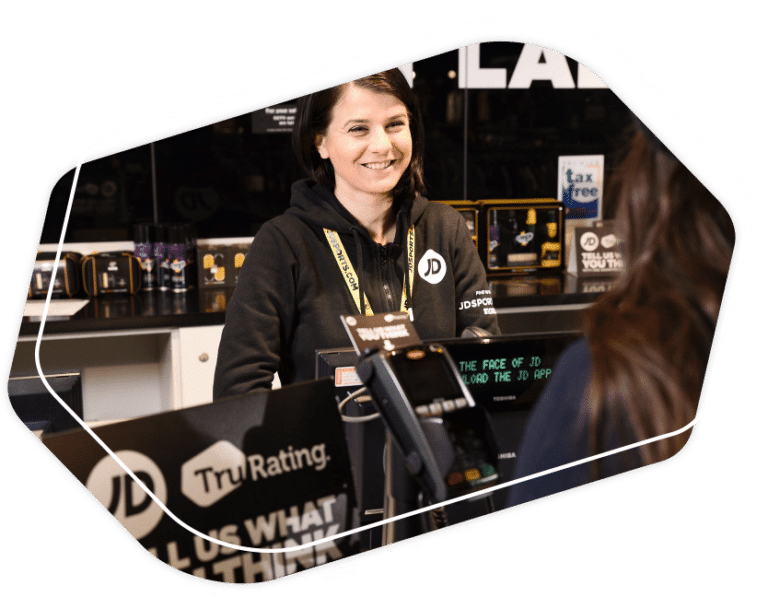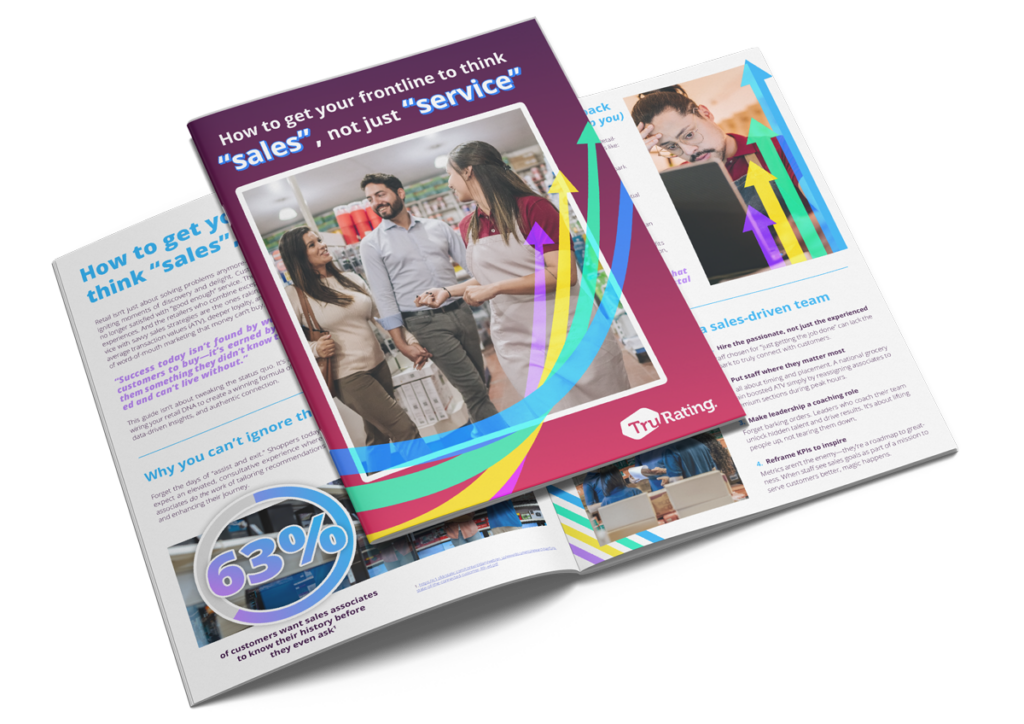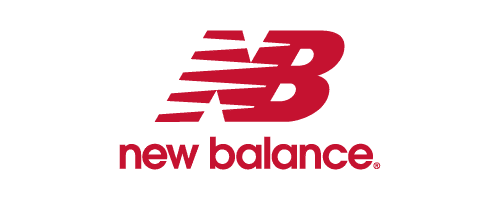Retailers are sitting on a goldmine of customer data, but many are not effectively utilizing customer insight analysis to drive business outcomes. Research shows that 73% of all business data goes unused for analytics—a missed opportunity to understand customer behaviors and optimize their experience.
While online tracking and data collection have become standard practice, customer insight analysis in brick-and-mortar stores still lags behind, limiting retailers’ ability to transform customer data into actionable insights that can significantly improve business performance. Retailers need more than just customer data—they need actionable insights to transform how they operate.
In this article, we’ll explore what customer insight analysis entails, how it benefits retailers, and techniques for unlocking valuable insights from customer data. We’ll also address how big data is changing our understanding of customer insights and how you can stay ahead by leveraging customer feedback.
What is customer insight analysis?
Customer insight analysis refers to the process of transforming raw data from customer interactions into actionable insights that guide strategic business decisions. This data may come from multiple sources—such as purchase data, online behavior, social media activity, and customer feedback—to paint a comprehensive picture of customer needs and preferences.
These insights can enhance everything from marketing strategies to product development. By focusing on customer desires and behaviors, your business can create customized experiences that resonate with your audience.
Customer insight analysis goes beyond the surface to reveal why customers act as they do. For example, a retailer might notice a surge in foot traffic on certain days or toward specific product displays. Analyzing customer data provides clarity on whether this increase is due to a promotion, a change in store layout, or other influencing factors.
How can customer insight analysis strategically help retailers?
Strategic customer insight analysis enables you to make smarter decisions across various business functions. Here’s how:
- Enhancing customer experience – by understanding what drives customer satisfaction or dissatisfaction, you can tweak your customer experience strategy accordingly. For example, if feedback suggests that customers prefer faster checkout processes, you can implement technologies like self-checkout kiosks or even till-free shopping experiences.
- Anticipate trends – by closely monitoring customer preferences, you can stay ahead of trends and adjust your product offerings to meet evolving demands. This proactive approach prevents you from missing out on potential revenue streams.
- Personalizing marketing campaigns – using insights from customer insight analysis, you can segment your audience and deliver more relevant marketing messages. For instance, instead of sending generic promotions, you can create personalized offers based on a customer’s previous shopping behavior through segmentation.
- Improve product placement and store layouts – understanding how customers move through a store and interact with products allows you to optimize product placements and layouts for maximum engagement.
- Refine pricing strategies – analysis of customer buying patterns can reveal customers’ sensitivity to price changes, helping to develop competitive pricing strategies that boost conversions without eroding margins.
- Optimizing product offerings – customer behavior analysis can reveal trends in purchasing habits, enabling your business to anticipate demand better and optimize inventory. You might discover that a particular product combination drives more sales and can then promote those items together to maximize revenue.
- Boosting loyalty and retention – effective customer analysis can help identify which factors contribute to customer loyalty. You can then tailor loyalty programs or customer engagement efforts to nurture long-term relationships and reduce churn.
Customer insight analysis techniques
To fully understand and act on customer behavior, it is essential to go beyond simply collecting data. Customer insight analysis techniques transform raw data into actionable insights, helping you understand your customers’ needs, preferences, and behaviors more deeply.
Here are some of the most effective techniques customer insight analysis techniques:
1. Cluster analysis
Cluster analysis is a powerful technique used to segment customers into distinct groups based on their behavior, preferences, or demographics. By grouping customers with similar characteristics, you can tailor your marketing strategies, product offerings, and customer experiences to meet the needs of each segment better.
For example, cluster analysis can help you identify high-value customers, bargain shoppers, or brand-loyal consumers. Understanding these segments enables you to create personalized campaigns and promotions, offering the right product to the right customer at the right time.
- Application: Market segmentation, personalized marketing, customer loyalty programs.
- Best for: Identifying customer segments for targeted marketing efforts.
2. Regression analysis
Regression analysis can help you understand the relationships between different variables in their data. By analyzing the relationship between independent variables (like customer age, income, or purchase frequency) and dependent variables (such as spending behavior or satisfaction levels), you can predict how changes in one factor may influence customer behavior.
For instance, you might use regression analysis to predict how discounts impact customer purchase frequency or how customer service ratings influence customer satisfaction. This helps in identifying key factors that drive customer loyalty or lead to higher sales.
- Application: Identifying the impact of various factors on customer behavior, forecasting sales.
- Best for: Predicting future customer behavior based on historical data.
3. RFM analysis (Recency, Frequency, Monetary)
RFM analysis is a technique used to evaluate customers based on their purchasing behavior: recency (how recently they made a purchase), frequency (how often they purchase), and monetary value (how much they spend). This method helps you identify your most valuable customers and those who are at risk of churning.
By analyzing these three variables, you can target specific customer groups with tailored marketing campaigns. For example, frequent and recent shoppers with high monetary value can be targeted with loyalty rewards, while lapsed customers might receive special offers to encourage them to return.
- Application: Customer segmentation, loyalty programs, churn prevention.
- Best for: Identifying high-value customers and designing retention strategies.
4. Cohort analysis
Cohort analysis involves grouping customers who share a specific characteristic, such as the time they made their first purchase, and then tracking their behavior over time. This technique allows you to understand how different groups of customers behave and how long they remain engaged with the brand.
For instance, you can use a cohort analysis to compare customers who made their first purchase during a promotional period with those who didn’t. By analyzing these cohorts, you can identify patterns in customer retention or purchase frequency and make informed decisions about future promotions or product launches.
- Application: Customer retention, loyalty analysis, lifetime value tracking.
- Best for: Tracking customer engagement and behavior over time.
5. Sentiment analysis
Sentiment analysis uses natural language processing (NLP) to analyze text data, such as customer reviews, social media posts, and survey responses. It can help you understand how customers feel about a brand, products, and services. This technique assigns positive, negative, or neutral sentiments to customer feedback, providing a clearer picture of the overall customer sentiment.
By analyzing customer sentiment, you can identify common pain points or popular features and adjust their strategies accordingly. For instance, if sentiment analysis reveals a lot of negative feedback around product quality, you can prioritize improvements to enhance customer satisfaction.
- Application: Brand perception analysis, product feedback, customer service improvement.
- Best for: Analyzing customer emotions and identifying areas for improvement.
6. Conjoint analysis
Conjoint analysis is a technique used to understand how customers value different features of a product or service. You can use this method to determine which attributes (such as price, brand, quality, or packaging) are most important to customers when making purchasing decisions.
This conjoint analysis helps you make informed decisions about product development, pricing strategies, and marketing campaigns. For example, if customers value quality over price, you might then emphasize the premium aspects of product in your marketing strategies.
- Application: Product development, pricing strategy, feature prioritization.
- Best for: Understanding customer preferences and trade-offs in purchasing decisions.
7. Basket analysis
Basket analysis, also known as market basket analysis, is a technique used to understand the relationships between products that customers frequently buy together. You can then improve your cross-selling and upselling strategies by identifying common product combinations.
For instance, a you might use basket analysis to discover that customers who buy pasta often also buy tomato sauce. Based on this insight, you could offer bundled discounts or place these items closer together in-store to encourage additional purchases.
- Application: Cross-selling, upselling, product placement, promotional strategy.
- Best for: Maximizing sales through product bundling and strategic store layouts.
8. Decision trees
Decision tree analysis is a predictive modeling technique that can help you make data-driven decisions by visualizing different decision paths and their potential outcomes. You can use decision trees to analyze various customer behaviors and the factors that influence them, such as what drives a customer to make a purchase or abandon a cart.
For example, you might create a decision tree to understand why certain customers leave negative reviews. By analyzing the different paths customers take (e.g., dissatisfaction with shipping speed, product quality, or customer service), you can pinpoint the exact issues and take corrective actions.
- Application: Customer churn analysis, purchase behavior prediction, decision-making processes.
- Best for: Identifying key factors influencing customer decisions and improving customer experience.
Big data analysis of consumer insight
Big data plays a vital role in customer insight analysis by processing large volumes of information from multiple sources. Advanced analytics tools like TruRating can help you uncover patterns and correlations that would otherwise go unnoticed, allowing for more data-driven decision-making across your business.
Big data also enables a deep-dive analysis of external factors—such as weather, holidays, or economic shifts—that affect consumer behavior. You can then integrate this data into BI solutions for a more holistic view of customers, driving more informed decisions.
According to a recent study, 69% of businesses reported that better strategic decisions were the top benefit of big data analytics, followed by improved control of operational processes (54%). Furthermore, companies that successfully leverage big data reported an average 8% increase in revenues and a 10% reduction in costs, underscoring the direct financial benefits of effective big data analysis.
TruRating’s Data & Insights Packages
Understanding your customers is crucial for success in retail. It’s not enough to simply collect data. You need to understand what influences customer behavior, drives sales, and fosters customer loyalty. This is where TruRating comes in. By collecting customer feedback at the point of sale, we can provide valuable insights that drive business growth. All of this is presented in easy-to-understand dashboards on our innovative platform.
Our Data & Insights team can also provide bespoke analysis designed for large retailers, using the techniques discussed in this article to identify key drivers of your business.
Our most popular Data & Insights Packages include:
- Executive Business Reviews (EBR): quarterly deep dives into key operational metrics, ensuring your business stays on track.
- ATV Analysis: Pinpoint the factors that increase average transaction value, helping you maximize revenue per sale.
- Repeat Visit Analysis: Uncover what motivates repeat visits, improving customer loyalty.
- Brand/Category Analysis: Analyze category or product-level performance, identifying trends that drive success.
- Shopping Mission Analysis: Understand different shopping intents and tailor your approach to meet specific customer needs.
- Conversion Analysis: Connect footfall with purchases to reveal what converts visitors into buyers.
- Segmentation Analysis: Identify key behaviors across different customer segments for targeted marketing and messaging.
TruRating gives you the power to understand and act on critical insights. We can help you identify what truly matters to your customers, driving better decisions and improving overall performance.
Let TruRating be your partner in converting customer feedback into measurable in-store and online growth. Schedule a demo today to learn more about our retail experience platform.












